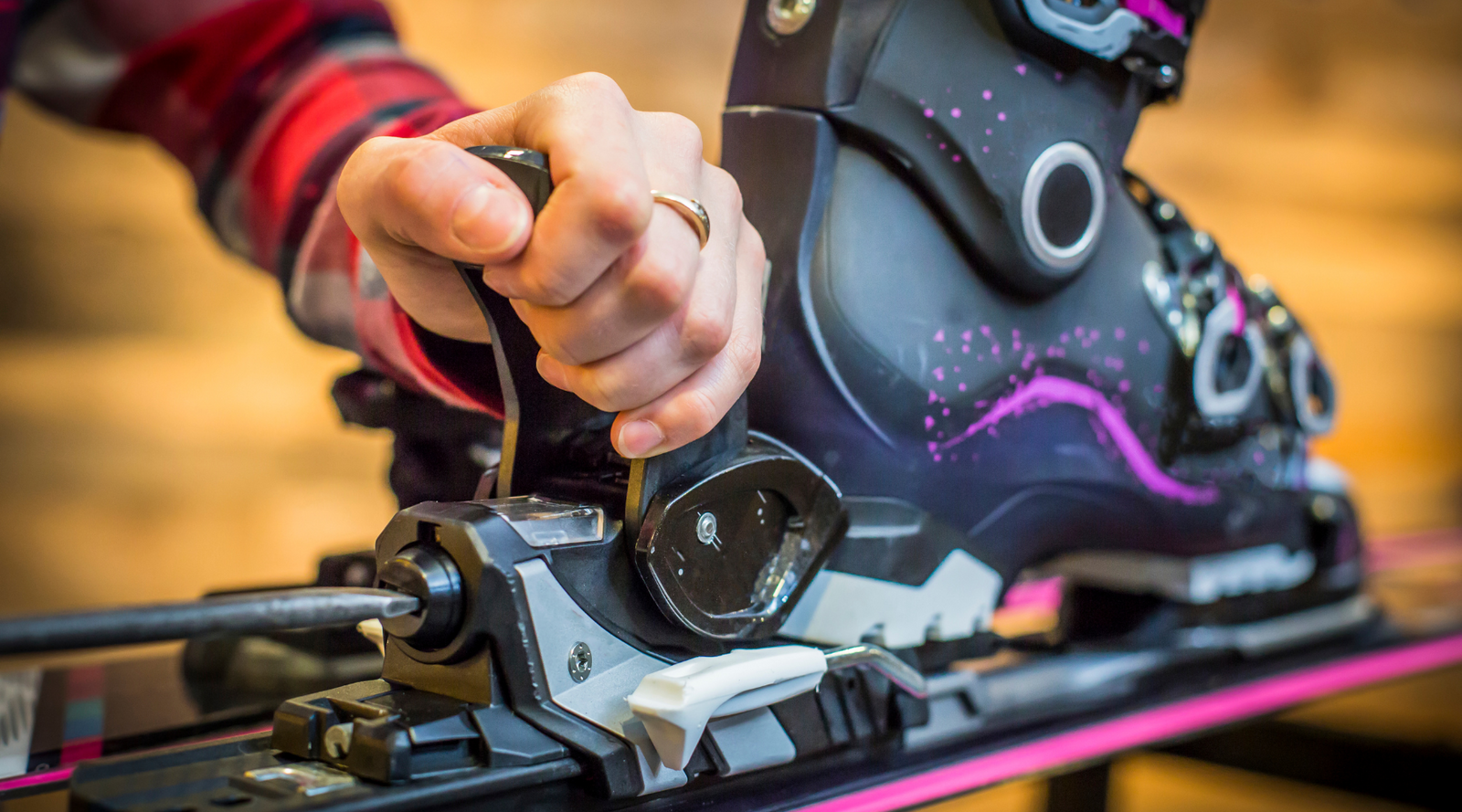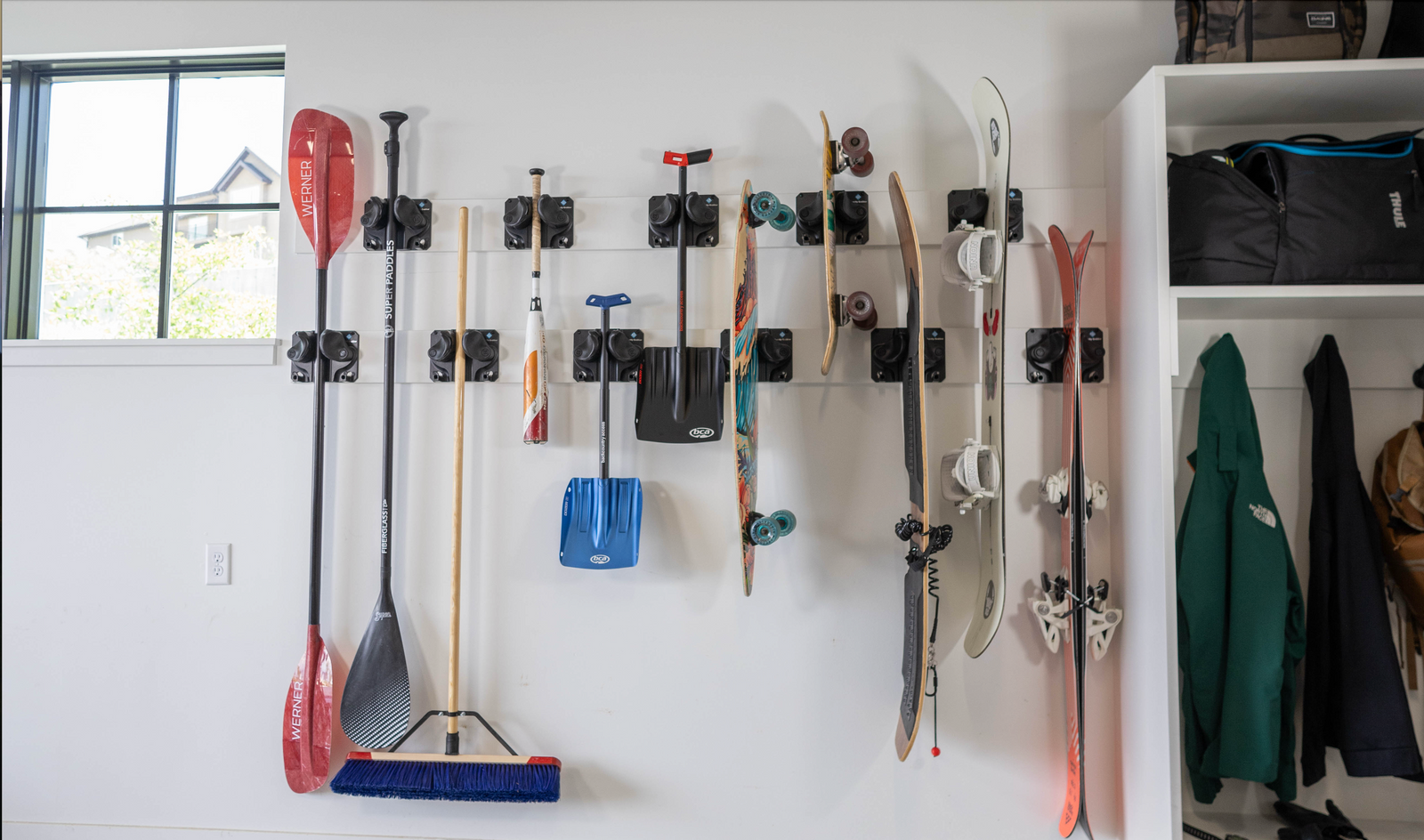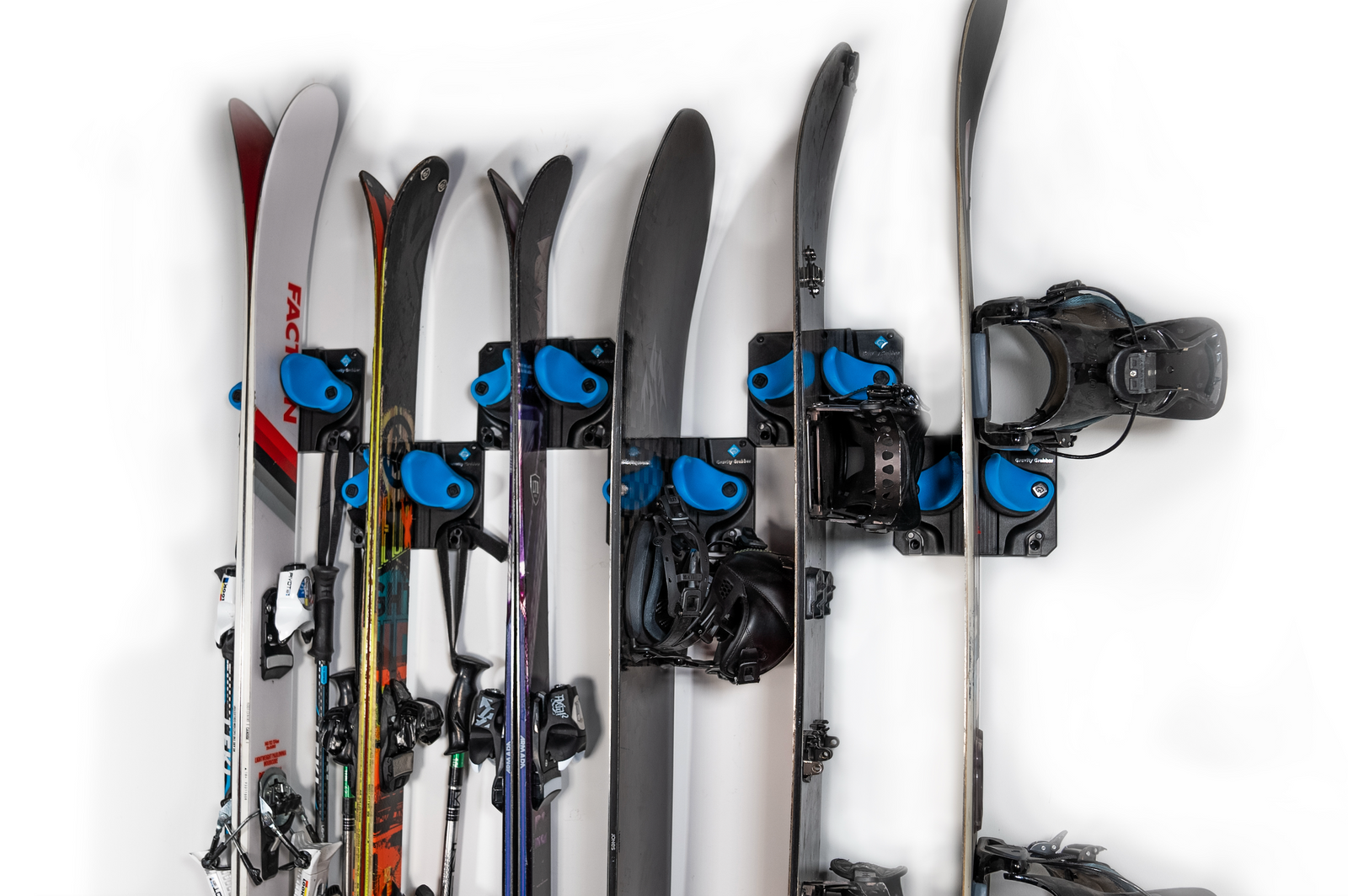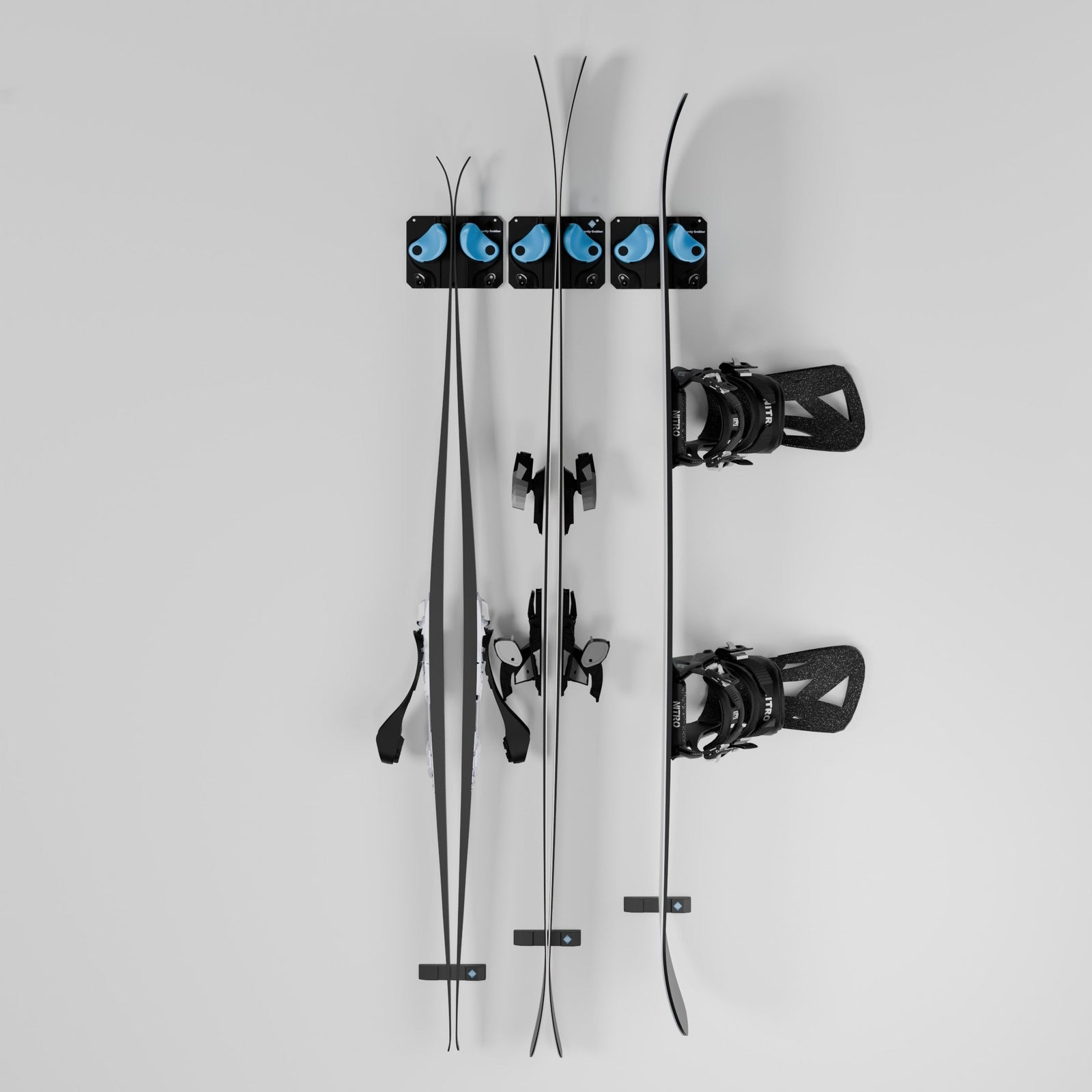f you’re new to skiing or gearing up with a fresh pair of skis, you might come across the term “ski mounts” and wonder what it means. Simply put, ski mounts refer to the placement and installation of ski bindings onto a ski. This process affects not only how your bindings are secured—but also how your skis perform.
Whether you're an advanced skier dialing in a custom setup or someone buying their first pair, understanding ski mounts can help you make better decisions about gear, performance, and safety.
What Are Ski Mounts?
Ski mounts refer to two main things:
-
The Physical Mounting Process
This involves drilling holes into the ski and screwing in the bindings. It should always be done by a professional ski tech to ensure the bindings are safely and accurately positioned. -
The Mounting Position
This is the location on the ski where the bindings are installed. It’s usually measured from the tail or center of the ski and affects how the ski handles.
Types of Mounting Positions
1. Traditional Mount (Rear/Directional)
This places the bindings slightly back from the center of the ski. It’s ideal for groomed runs and directional skiing, offering more control and stability at higher speeds.
2. Center Mount (True Center)
Bindings are placed at the exact midpoint of the ski. This is more common in freestyle or park skiing, where skiing switch (backward) and balance are priorities.
3. Freeride/Progressive Mount
A compromise between traditional and center, this mount is slightly forward of traditional but not fully centered. It gives better float in powder while retaining some playful handling.
4. Manufacturer’s Recommended Mount Point
Most skis have a mark or suggestion printed on them. It’s a safe, all-purpose position optimized by the ski brand based on the design.
Why Mounting Position Matters
-
Turning and Responsiveness: A more forward mount gives a playful, quick-turning feel. A more rearward mount improves stability at speed.
-
Powder Performance: Mounting further back helps keep your tips up in deep snow.
-
Park and Freestyle: Center mounts are best for tricks, rails, and skiing switch.
-
All-Mountain Versatility: The manufacturer’s recommended mount is usually a solid choice for balanced performance.
Mounting Considerations
Boot Sole Length (BSL)
Binding placement is often centered based on the length of your ski boot sole. Different boots may require different mount adjustments.
Ski Purpose
How you plan to use the ski—resort, backcountry, park, or powder—should heavily influence where it’s mounted.
Remounting
Ski bindings can sometimes be moved, but too many holes can weaken the ski. Always consult a technician before a remount.
Final Thoughts
Understanding ski mounts is essential to getting the most out of your setup. Whether you're carving groomers, floating through powder, or hitting the terrain park, the position of your bindings plays a major role in how your skis perform.
When in doubt, talk to a ski tech, bring your boots, and discuss how and where you like to ride. A well-mounted ski isn’t just safer—it’s a lot more fun.




